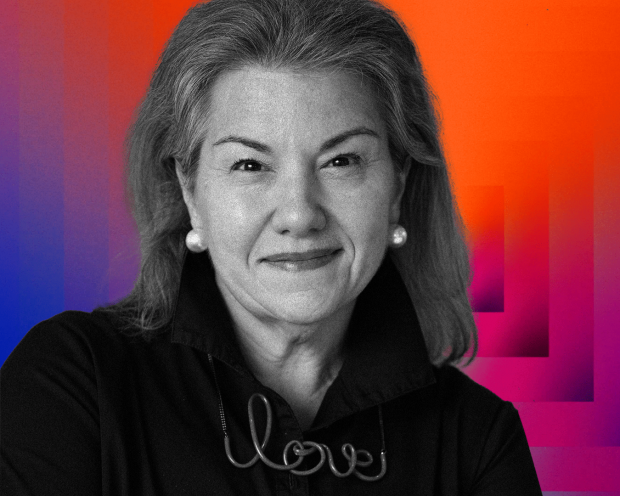Like Cher, Madonna and Beyoncé, Azamit is a singular name with an indelible point of view. The Eritrean-Canadian creative director and curator recently moved to Milan with her husband and dogs, from their longtime home in Montréal. You’d think uprooting her life to move halfway across the world — fresh on the heels of a successful activation at C2MTL (and work as an XLIST jury member) — would cause a little chaos. But Azamit’s no stranger to change. After university at Collège LaSalle in Montreal and working at renowned fashion houses in Paris, including Nina Ricci, a serendipitous encounter redirected Azamit to her real passion — styling. While she curated editorials for publications like Elle Québec and Elle Canada, Azamit’s journey took yet another turn when she helped a friend pull off a successful sample sale in Paris. This experience exposed a gap in the market, evolving into everything from a furniture brand, annual artist’s market and visual storytelling firm. “I have so many tabs open in my brain and on my phone, it can feel like a million thoughts running nonstop,” Azamit says. “But, I have to filter and make sure that what I choose to focus my...



